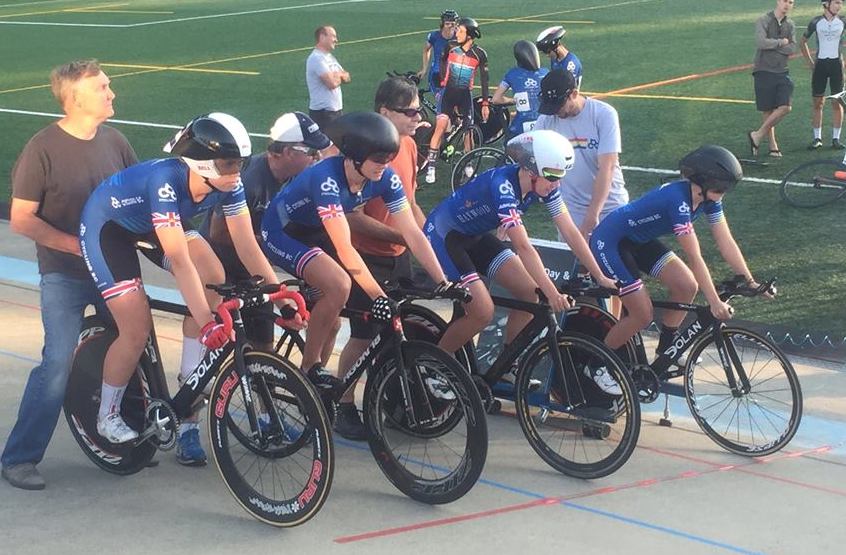
There are many factors that play a part in the overall efficiency and riding economy on the bike, some directly and some indirectly. Riding efficiency means moving as fast as possible with the lowest energy expenditure. To achieve the best efficiency a few things come to mind:
- Balanced body (muscular strength, core strength and stability, flexibility). Most of these, if not all those factors, need to be developed and refined off the bike.
- Technique (riding and pedaling technique and efficiency) and choosing the right equipment – individualized bike fit and set up (frame size, crank length, shoe and pedals etc.).
- Aerodynamics
The above elements must be considered in very detailed segments when coaches and trainers approach an athlete’s training. Building a strong and balanced body requires hard and systematic work during the off-season. For example you can’t or should not start working on speed/agility if your motor skills in the left and right side of the body don’t have the same function and stability. These factors are very important for an athlete as high quality training can cause risks leading to long-term injury, which could end an athletic career.
When determining bike position the rider should experience minimum effort (so as natural as possible) when cycling, but at the same time it must allow the maximum ability to apply force to the pedals in a given cadence for the best power output and speed. Power = Torque (applied force on the pedal) measured by Nm x Cadence measured RPM. A good bike position should tolerate the best in each side of the equation (Torque and Cadence). To execute a superior technique the rider requires an excellent bike setup. Some of the factors to consider for bike positioning are saddle height, saddle fore/aft position within UCI legal criteria, cleat position, forefoot tilts adjustment, stance width, and bar position. All of this does depend on how functional the rider is – functional means not just using arms and shoulders to maintain stability on the bike.
I believe each cyclist should work on pedaling techniques on a regular basis through all levels of their development. Some of these techniques may feel unnatural e.g. “the upstroke”, however through many years of experience and having seen hundreds of cyclists, I believe it is important to accommodate the natural position of the foot on the pedal by utilizing the equipment, e.g. choosing the right cycling shoe with the right curve angle to suit the individual’s natural pedaling.
The best aerodynamics position is possible with a functional body (as explained above) and the more aerodynamic you are, the less power you need at a given speed. This has become one of the key factors in time trialing.
By Houshang Amiri


